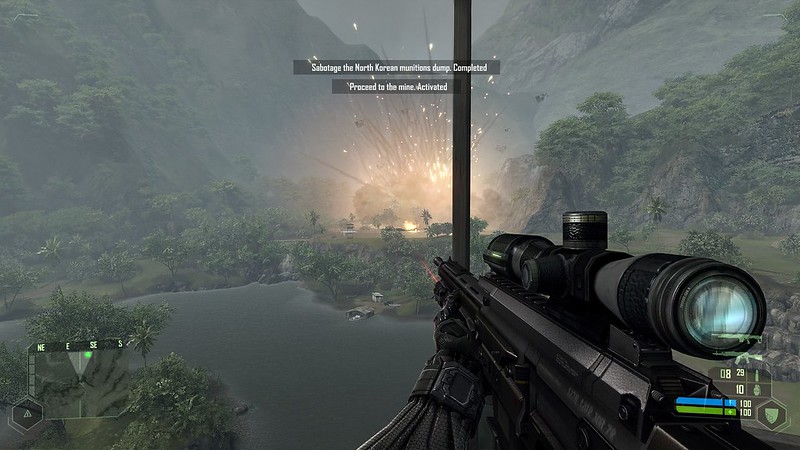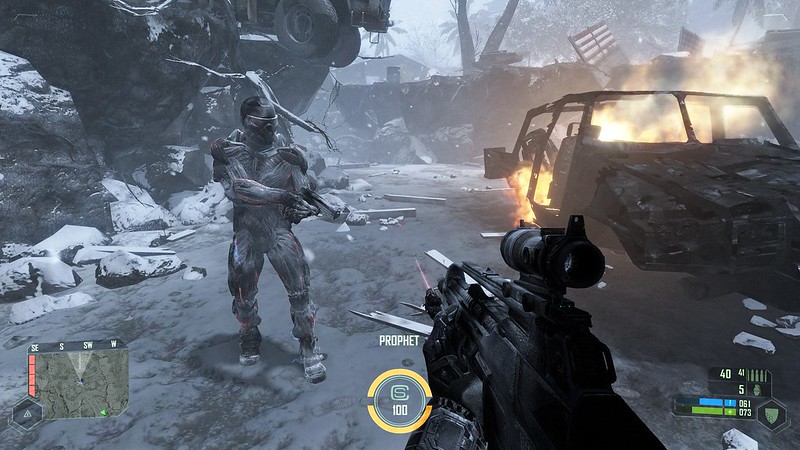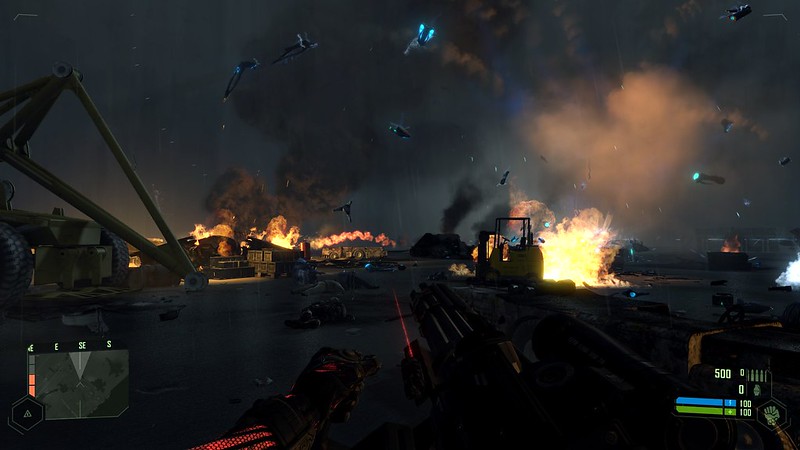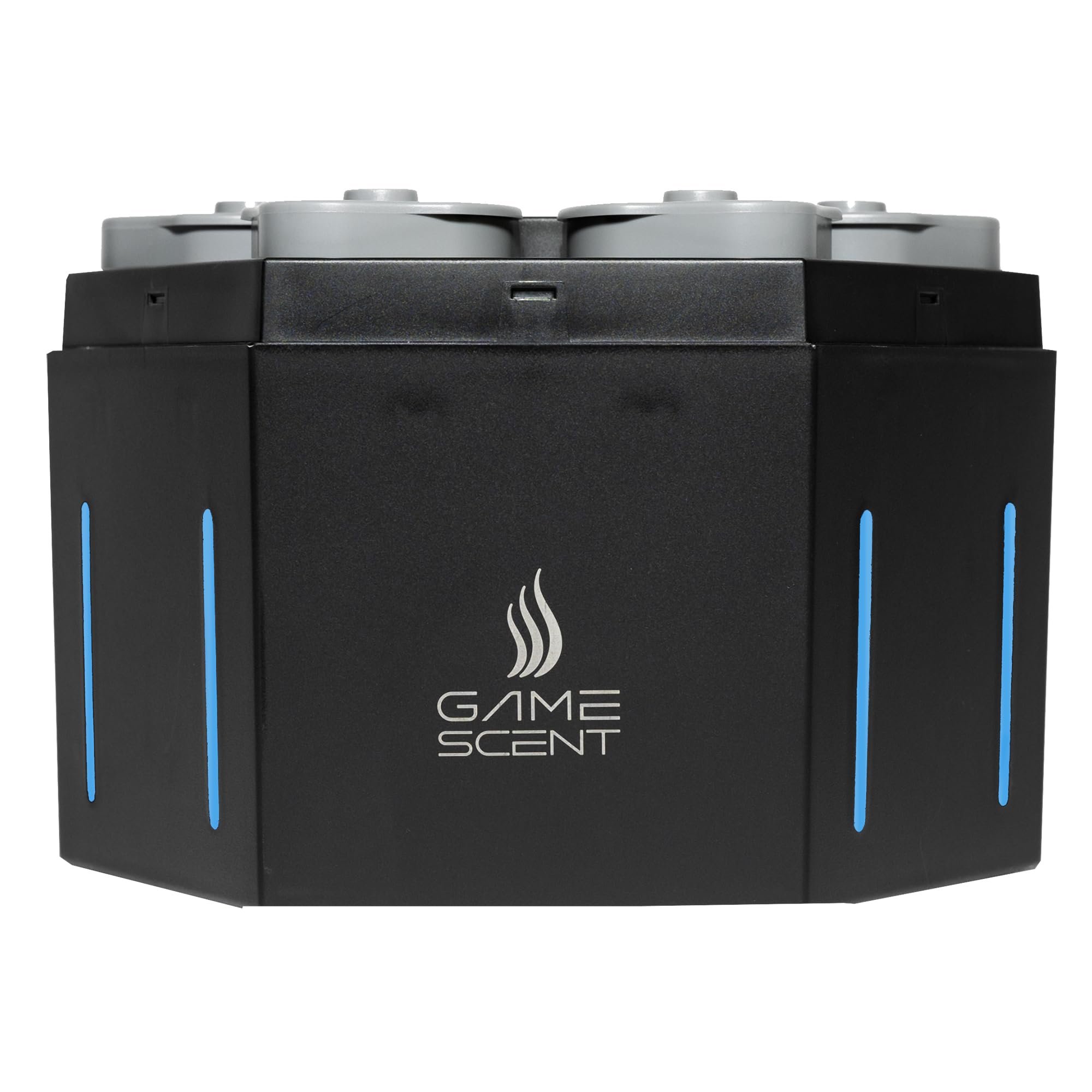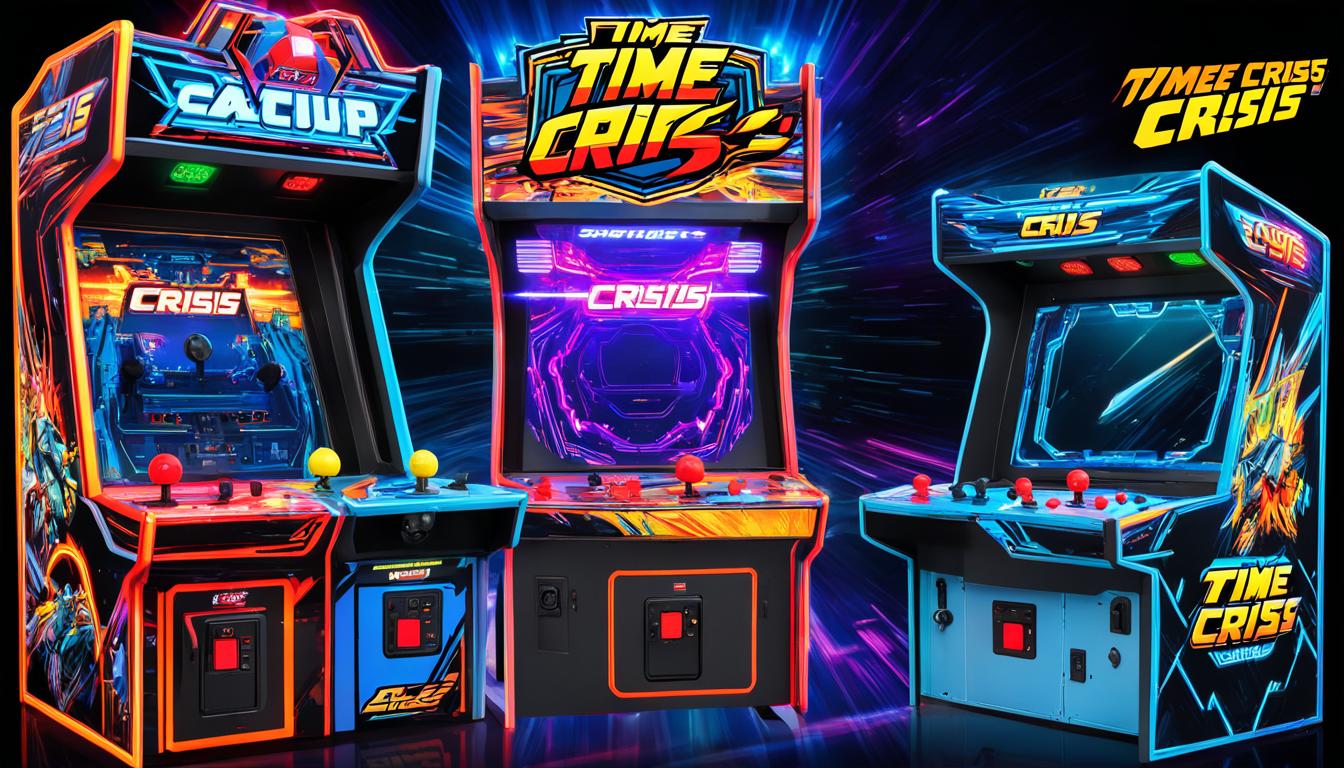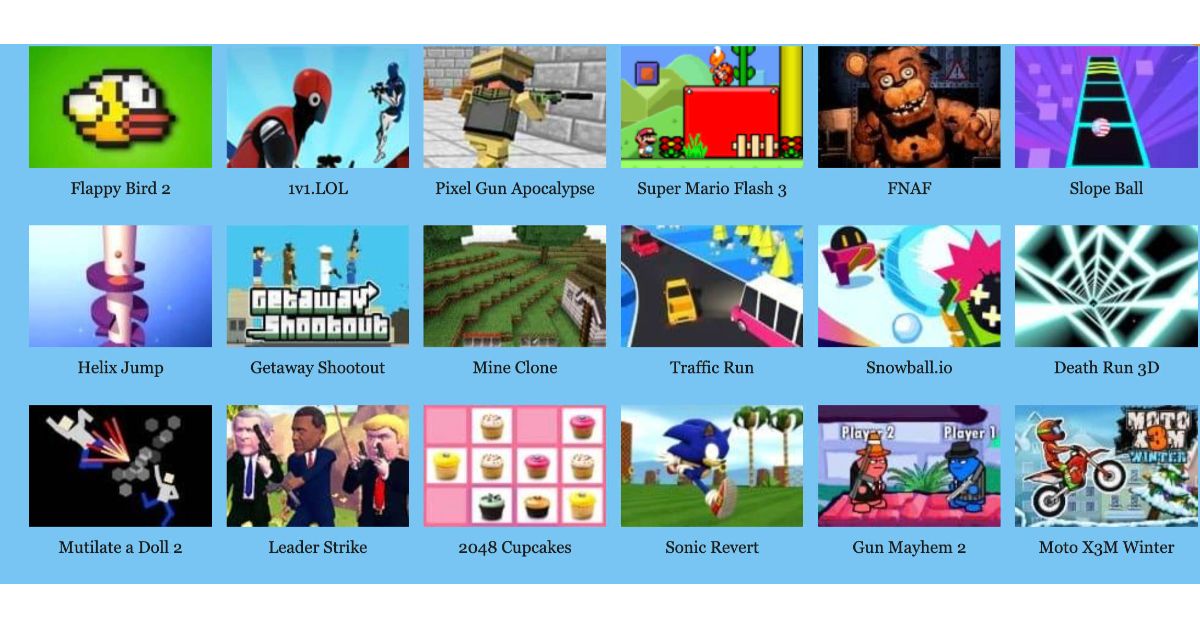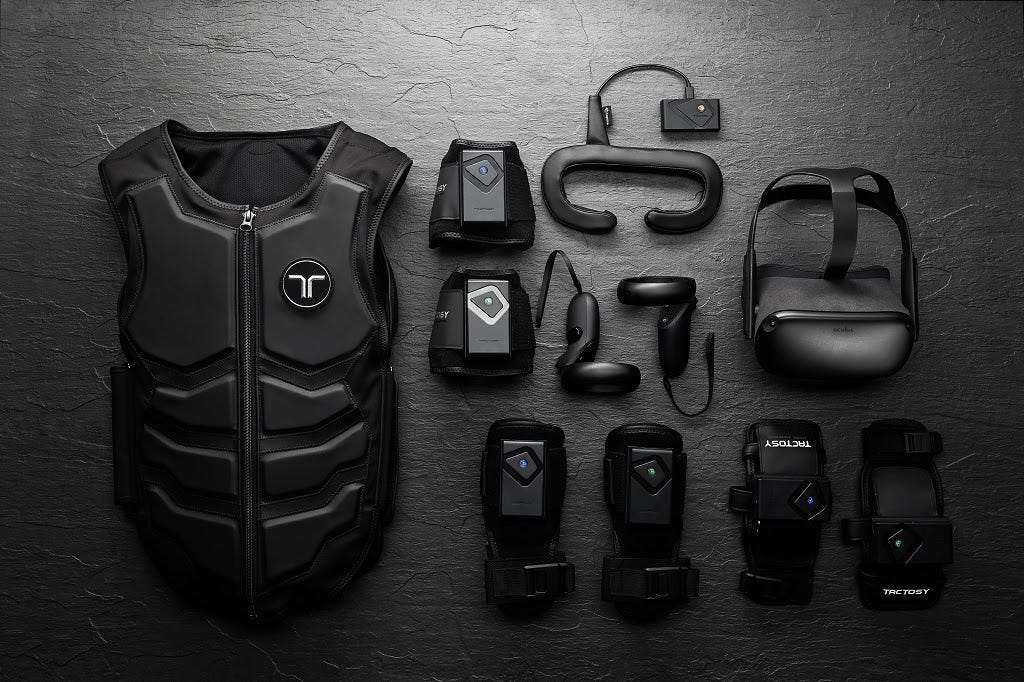शीर्षक:
Crysis
शैली: पहले व्यक्ति शूटर
प्लेटफार्म: PC
डेवलपर: crytek
प्रकाशक: इलेक्ट्रॉनिक आर्ट्स
रिलीज़ दिनांक: नवम्बर 13th, 2007
It’s bizarre to me that a headline for a retro review of a 13-year-old game could contain a truth that has not been and will not be (for the foreseeable future) challenged nor rendered obsolete given the current state of gaming. And no, you didn’t read it wrong. Crysis, for better or for worse, is still the most technically achieved first-person shooter to date, and there isn’t a game in sight that seems intent on dethroning the king. It’s embarrassing how far the gaming industry has regressed since 2007, but that’s just how the dice fell.
अब मुझे गलत मत समझो, Crysis may be technically superior to almost every FPS game before and after it, but it’s not the most mechanically proficient shooter to date by far. There are a ton of other FPS games out there that did almost every aspect of Crysis’ gameplay better than Crysis; हेलो 3 और विभिन्न रणभूमि games easily come to mind.
विषय - सूची
Way Ahead Of The Times
However, going back to the technical achievements that Crytek made with Crysis back in 2007, I can’t say enough just how far ahead of the curve that game was and still is to this day.
This represents an era of gaming that’s never coming back; an era where forward-thinking technology was on the minds of actual engineers and real gamers; an era where skill and merit were the order of the day and junk code from diversity hires was not allowed.
अफसोस की बात है, Crysis is from a bygone era and cannot be replicated in today’s environment where low the I.Q., ideology of multiculturalism prevents humanity from progressing forward and making new achievements in software design.
Moderate Budget With Future-Proof Results
What’s amazing is that this game – on a $ 22 मिलियन बजटहै, जो है a third of what Ubisoft spent on कुत्तों को देखो – still looks better and has more features than every new first-person shooter made today. It’s a testament that video games are literally regressing, especially when you consider that जनसंचार प्रभाव: एंड्रोमेडा was made on a $45 million budget and looks like trash and doesn’t even come close to Crysis on a technological front.
It’s also amazing how capable the CryEngine was so many years in advance of the Unreal Engine, such as its ability to utilize proto-PBR, with physically based light emitters capable of being utilized as screen space reflections, multi-layered soft-shadows across dynamic entities, or the fact that procedural animations were part of the development pipeline well before it became a standard in the Unreal Engine 4 and Unity 3D game engine.
Rendering Techniques Still Unmatched
Yes, the environmental geometry is on the low-poly side, the texture resolution is duly dated by today’s standards, and the lack of subsurface scattering and natural lighting for the characters put them wholly in uncanny valley territory; but the fact that Crysis was employing real-time dynamic shadows both across player-view models and world-view models was and still is very impressive. Seeing multi-layered lights bouncing across objects with light transference taking place in real-time across active actors still blows my mind.
Moreover, seeing screen-space ambient occlusion along with appropriate light fielding in the water reflections is not only ahead of its time but it’s difficult to find done right in recent games utilizing those same techniques in high-fidelity.
Other highly impressive feats that were showcased in Crysis included volumetric fog effects with directional wind physics, and object-based god-rays, which allowed the sun to shine through trees, boats, houses, heck even the rotors on a moving helicopter. Again, all of this takes place in real-time. There are no smoke and mirrors like you’ll find in most other AAA corridor-shooters.
I think in some ways we’ve become so complacent with poorly made games by inadequately skilled diversity hires that I was taken aback by how technologically-forward Crysis was and still is.
I can’t even think of a first-person shooter game to date that allows for object-based god-ray rendering, or the fact that nearly every object that isn’t bolted down can be picked up.
That’s right, nearly everything in the game world can be interacted with. You can use a water bottle as a weapon if you want, or ambush enemies by blowing out a wall with explosives and sending the pieces of the house slicing into your foes as projectile shrapnel.
Pick Up Anything, Destroy Everything
This kind of innovative use of physics-based mechanics really helped Crysis standout at the time, given that the only other game known for such features was आधा जीवन 2, but there was literally no comparison between the two games given how limited and restricted the level sizes were in आधा जीवन 2 की तुलना में Crysis.
That’s not to mention that not only did Crytek make it where every object could be picked up, but nearly every structure could be destroyed, dismantled, or severely damaged either from gunfire or explosives.
It wasn’t quite on par to the destruction physics in युद्धक्षेत्र: बुरी कंपनी 2, which still takes the cake as the best AAA first-person shooter featuring physics-based destruction, but it certainly comes close in many ways.
I think the big different between the two is that Crysis‘ structures looked a lot more lived in and realistic, where-as बुरी कंपनी 2 की buildings oftentimes looked like Hollywood staging areas for a big Michael Bay-style explosion. Most of the buildings in बुरी संगत were either empty or barely furnished, whereas in Crysis the buildings had full beds, bathrooms, furniture, and plenty of nicknacks such as newspapers, clothes, boxes, and other accessories littered about.
It certainly made things more satisfying when a grenade would go off in the room, or you would send a rocket into the building, or crash through the place and bring it all down by rolling through it in a tank.
And yes, there are various vehicles you can man in Crysis as well, including jeeps, tanks, trucks, AA guns, boats and even a VTOL. In fact, nearly every vehicle you see in the game that isn’t blown up or destroyed can be commandeered, which is pretty cool.
Vehicles Could Use Some Tuning
You could tell Crytek had taken everything they learned from working on the original सुदूर रो games on the OG Xbox, Xbox 360, and PC, and applied it to Crysis, packing in as many features and as many graphical advancements as they could muster, including but not limited to bullet penetration, foliage physics, free-form AI reactions, and more dynamic rag-doll effects.
One of the most impressive things about the game is the way the jungle reacts to the firefights.
It reminded me a lot of the scene in दरिंदा where the commandos level the jungle with the heavy fire power, bringing down the entire jungle in front of them.
In a way I was disappointed you never got a chance to properly recreate that scenario in Crysis using the mini-gun. Yes, you get a mini-gun, but you don’t get to use it in the jungle areas of the single-player campaign. I’m sure some people have attempted to level the jungle areas in the multiplayer portion of the game, but since it was running on GameSpy and GameSpy shut down, that was a no-go for me.
The single-player campaign, however, is quite meaty. You’ll garner anywhere between 10 – 15 hours out of it depending on how you approach the missions and whether or not you decide to do the secondary objectives.
The maps are super large, so there’s a lot to explore, usually with very little to discover but every once in a while there are some special ammo caches or weapon stashes you might encounter along the way.
Emergent Solutions For Missions
The story starts off with a basic “Stop the evil North Koreans!” campaign but eventually evolves into a fight for survival against ancient alien warlords.
Unlike some other military-focused titles, such as ड्यूटी के कॉल, ऑपरेशन फ्लैशपॉइंट or रणभूमि, the mission objectives don’t feel very… realized. A lot of the time you’re on your own while your teammates just kind of stand around. Obviously, this was done to reduce pathfinding and AI-wear on the CPU, since there were already plenty of enemies afoot throughout the sandbox maps, and having allies prancing about and dynamically scouring the map would have just added to Crysis’ already hefty overhead on users’ machines.
Nevertheless, you could tell that the team became more aware of how to optimize AI for the story purposes, and near the end of the game there are more dynamic encounters involving the player, AI teammates, and enemy forces. The game really shines here as not only a technical showcase of the CryEngine’s beefy rendering capabilities, but also as an out-and-out fun-filled time in a very lovingly crafted first-person shooter.
Graphics Affecting Gameplay
A lot of times we hear Centrists™ say “Who cares if the devs remove that feature? It doesn’t matter since it doesn’t affect the gameplay!” but here, a lot of the graphics actually do affect the gameplay. For instance, the volumetric fog effects that are affected by the game’s wind simulation completely changes how you can use smoke both to your benefit and how it can be used against you during a firefight.
For instance, you can use smoke to mask your presence, but in one scenario after I had lobbed some smoke grenades down, an enemy helicopter came by and due to the downforce of the rotors, it pushed the smoke out of the way, thus clearing out the cover I had put down. This is a graphical effect interacting with and altering the outcome of a gameplay choice. All of these little elements really helped bring Crysis to life in ways that are completely absent from many newer games.
Mechanical Woes
However, despite all of Crysis’ amazing technological feats back in 2007, and even to this day, sadly it doesn’t quite hold up as well from the mechanical and playability standpoints.
What do I mean by this? I mean, weapon handling, vehicle handling, some of the AI routines, and some of the map layout choices; the quality is all give or take in one direction or the other, and not always for the best.
For instance, there are only two assault rifles in the game and neither are particularly powerful or feel very effective. You can dispense more damage by either acquiring incendiary ammo or by using the power mod for the Nanosuit, which increases the damage output for all of your weapons. Now some of you might be thinking “Just always use the power mod!” but it drains the suit’s energy whenever you fire using the power mod, so you’re limited on how repeatedly you can fire at any given time using the suit’s power mod.
Less-Than-Satisfying Shooting
Other weapons such as the sniper file, gauss rifle, and the shotgun work well enough for their respective roles, along with the rocket launcher. The pistols aren’t entirely effective most of the time, and you would actually have better luck picking up a locker and chugging it at nearby enemies rather than relying on the handgun.
I was also shocked that there was no way to just stealthily knife guys in the back. That seemed like it should have been an option but it wasn’t.
I did like that they didn’t just limit you to two weapons, though. You have access to two primary weapons, a pistol as your sidearm, a variety of grenade types, a rocket launcher, and explosive detonators.
Most of the weapons allow you to customize them at any point throughout the game, adding or removing silencers, sleeping darts, scopes or dot sights, as well as ammo types.
It’s not the most in-depth weapon customization tool available, but I did like that they allowed you to make use of the option at just about any point in the game.
I know it seems blasphemous to say, but I just wish that the shooting mechanics felt more thorough, weighty, and fleshed out like in the latter Crysis games or some of its nearest FPS competition, such as Battlefield, Halo or heck, even ड्यूटी के कॉल.
AI Troubles
One of the problems is that the AI doesn’t really use proper tactics against so much as they rely on just swarming your position and peppering you with fire until you’re down.
This is both a blessing and a curse for the game because it does force you to use tactics to traverse the environments. You oftentimes have to pick off a guy and then activate the camouflage. Unfortunately, every time you fire you deactivate the cloak, which then results in the guys swarming your position again.
It would have been nice if the AI felt a little more realized, with some guys panicking, some guys not, and some guys actually running for reinforcements, or some guys spreading out and taking up different flanking positions. It was all a little too mechanically entrenched in simply zeroing in on the player’s position and just overbearing them with fire like robots.
This drawback made a lot of the shootouts feel less organic and turned them into a chore as you had to systematically pick off your foes by cloaking and then getting a headshot, hiding behind a wall until you can cloak again, and then rinsing and repeating until all the enemies are dead.
Lack Of Firefight Flow
The ebb and flow of back-and-forth firefights that you get in other first-person shooter games like Black, Call of Juarez or नकद just aren’t present here, a lot of it due to the fact that there isn’t a lot of proper cover fire opportunities, and the AI doesn’t really make use of proper cover fire when it is present. Usually they just bum rush you and pepper you incessantly with fire.
It’s also funny because you never really feel as all-power as the Spartans from प्रभामंडल, despite the Nanosuit being some of the coolest pieces of armored tech featured in a first-person shooter. You lose life rather quickly and you can’t tank many hits, forcing you to do a lot of whack-a-mole style encounters with the enemies, but with less intensity or white-knuckle firefights than what you would get from more polished shooters, such as the original युद्ध के गियर्स त्रयी।
Suit Abilities
The way it works is that you have your normal health and the suit energy. You have four different suit modifiers: Shields, Speed, Strength, and Stealth.
Shields allow you to take a lot of punishment at the expense of dishing out damage or moving fast or being invisible. Speed allows you to run really quickly and even trample over guys if you run fast enough. Strength allows you to pick up and throw objects with a lot of force, bust through blocks or destroy barriers, as well as jump high and deal more damage when you shoot.
Each suit trait requires energy, with the exception of the Shields, which is basically your default status. The idea is that you have to seesaw between each suit feature depending on how you want to approach a scenario.
It sounds good on paper, but in execution it’s about as clunky as you would expect from an early Crytek title.
The stealth feature should have allowed you to sneak up behind guys and quickly take them down, like the Arbiter in हेलो 2 or Adam Jensen in Deus पूर्व मानव क्रांति:, but instead it usually results in bopping the guy on the head only for him to turn around and start shooting at you, alerting his friends in the process.
The extra strength trait should have allowed you to bash enemies into a pulp with ease or kick them out of sight, like in विश्लेषण or the Predator in एलियंस बनाम. दरिंदा.
The speed trait also should have allowed you to run and quickly switch over to strength so you could run quickly and then hop large distances, but if you’re using a controller the radial menu makes it clunky to pull off such a feat, and if you’re using the keyboard you have to rummage across the keys trying to quickly switch as if you were trying to handle the weapon pairings and flush the heat sinks at the same time in a और MechWarrior खेल.
Cumbersome Skills
A lot of the features just felt… cumbersome.
It wasn’t quite as fluid or smooth as say, जीत हासिल करना, where pulling off cool moves and making use of the suit features was seamless and dynamic, or heck, the Predator segments from Rebellion’s 2010 outing of Aliens Vs Predator.
There should have been a much smoother way to pull off a lot of the moves in Crysis and also do cool stuff without falling flat on your face. Now, to Crytek’s credit, a lot of these mechanical and quality of life issues were improved upon or fixed in क्राइसिस: वारहेड, the follow-up expansion that came out a year later in 2008. Even still, it doesn’t excuse the fact that these issues were and still are present in the original Crysis.
Feeling Like A Predator
I will say, though, that when the features did work right and you were able to pull off a stealthy takedown using the cloak and then switching over to the power skill, it did feel a lot like playing as a Predator.
There was also the issue with the vehicles getting stuck on some objects when trying to maneuver through the terrain, or the aiming and driving being a real pain since it was difficult to see where you were trying to go while also aiming the turret to shoot at enemies. However, this was a common problem carried over from Crytek’s stab at the सुदूर रो games, where shooting and driving was always a top-notch pain in the butt.
That was one of the things that DICE and Bungie managed to execute with admiration in both रणभूमि और प्रभामंडल. The vehicle handling felt really polished and well-rounded in those games, and it never felt like they were unwieldy or as if they were about to spaz out and physics-float into the air.
But it’s not all bad, though.
Despite some of the mechanics being kind of frustrating and some of the maps not being properly designed for enemy encounters (such as the final boss fight where you have a lack of cover and not much room for error due to the amount of enemies on-screen and the limited space in which to take down the boss), I did really enjoy the freedom afforded to players throughout the first three-quarters of the game.
This was the original “If you can see it, you can go there”.
“If You Can See It, You Can Go There”
Most of the missions generally boiled down to: reach this location or take out this target.
They would drop you in the sandbox and just let you decide how to tackle the mission. Sometimes they were easy, sometimes they were hard – it all depended on your play-style and approach to completing the missions.
This aspect of the game is sorely missed in today’s more corridor-style approach to missions in first-person shooters. The linearity of the levels and hand-holding makes many [current year] games a chore to play through because you have no freedom, no emergent gameplay options, and no way to veer from the very beaten and laid out path before you.
Crysis was a glance through the looking glass of what could have been; a future where linearity and constricted level designs would have been a short lived thing of seventh gen, but alas it wasn’t to be.
Crysis’ approach to missions – similar to FPS titles from the कयामत और भूकंप heyday, where the levels were like puzzles and the tools to solve them were scattered about for you to find and employ at your own leisure – never caught on.
Should Have Been A Trendsetter
The proper next-gen evolution of the id Software paradigm for level design stayed firmly with the first Crysis, and after that every FPS mirrored the limited and trite ड्यूटी के कॉल approach to single-player campaigns.
कुछ मायनों में Crysis felt more like one huge “What if…?” tech demo rather than a fully fleshed out and functional game, but at the same time it functions better as a game than a lot of game’s today. Heck, the one segment where you traverse through the alien ship is literally just one giant showcase of the CryEngine’s directional lighting capabilities, particle effect simulation, and realistic weather rendering.
Tech Demo For The Ages
It’s such a bizarre approach to creating a game, yet at the same time an immeasurably impressive piece of software. I’m amazed at just how much they were able to squeeze into this game and how well it still holds up compared to today’s shooters. In fact, if you add a 4K texture resolution mod and an object-overhaul mod with higher poly entities and geometry, and maybe more dynamic light sourcing in some scenes, you would be hard pressed to think that Crysis wasn’t made today.
I think that’s both a testament to the quality of engineering and forward-thinking advancements that Crytek had made at the time, and a fact that today’s diversity hires don’t know how to design good games if their lives depended on it. Also, the final fight on the carrier – despite being cheap and the enemies killing you in seconds – is so amped up that it makes you feel geeked to play some more Crysis, which is a rare feat for a game to accomplish 15 hours in.
All that being said, I would certainly recommend giving Crysis a thorough playthrough. It’s a shame more FPS titles didn’t imitate it the way so many other studios imitated कयामत back in the 1990s, but then again Crysis wasn’t something you could just copy-and-paste into an editor and call it a day. The hardware at the time of its release couldn’t handle the game, the consoles were too limited to achieve what they managed to pull off back then, and diversity hires never would have been able to replicate Crysis in cash-in clones that would have been both optimized for the hardware and memorably enjoyable for gamers.
मुझे लगता है इसीलिए Crysis still stands the test of time as being the most technically achieved first-person shooter to date.

